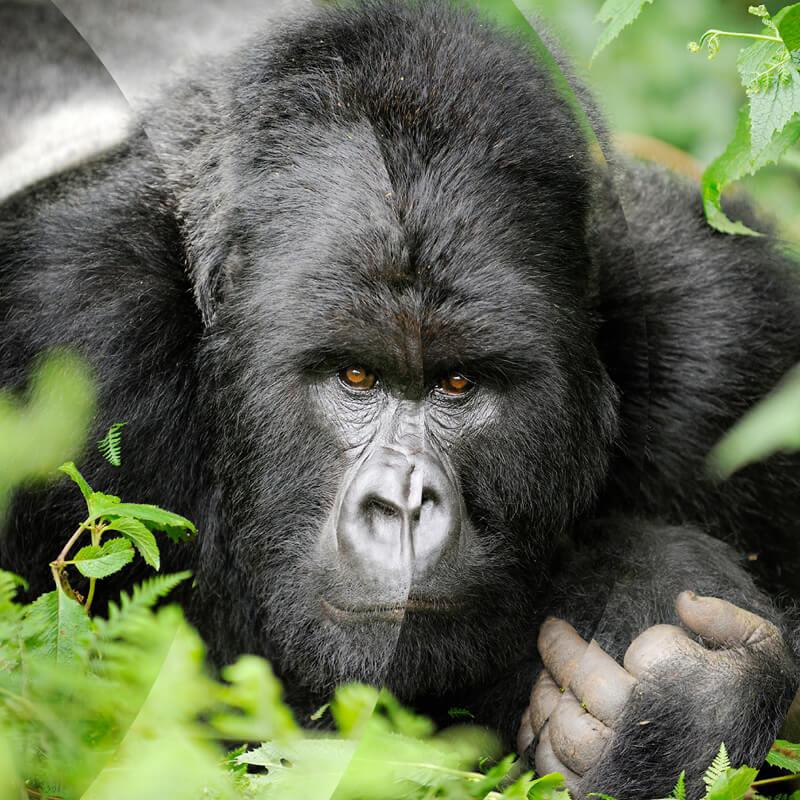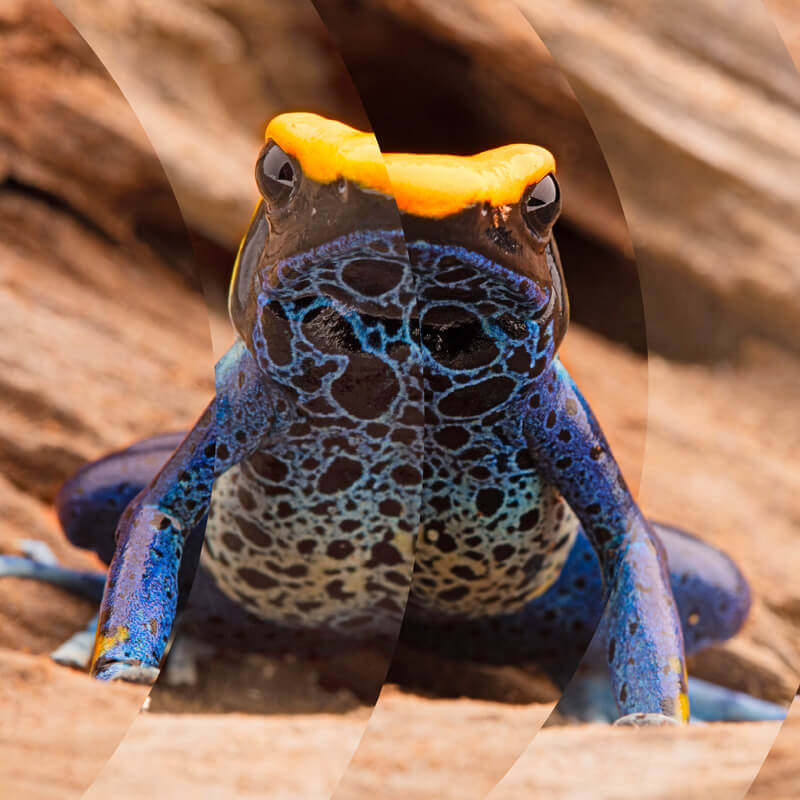Nature Positive
A global goal for a brighter future that is Nature Positive

Halt and reverse nature loss
Nature Positive is a global societal goal defined as ‘halt and reverse nature loss by 2030 on a 2020 baseline, and achieve full recovery by 2050’, in line with the mission of the Kunming-Montreal Global Biodiversity Framework.
By 2030
More nature at the end of the decade than at its start
By 2050
Nature is fully recovered and flourishing
Timeline of Nature Positive
This outlines the key milestones from COP15 to our 2050 goals. Each step is crucial for reversing nature loss.
2021
Taskforce on Nature-related Financial Disclosures (TNFD) launched
TNFD provides a framework for businesses and financial institutions to report on and act on their nature-related dependencies, impacts, risks, and opportunities.
2022
COP15 Conference, Montreal
Kunming-Montreal Global Biodiversity Framework (KMGBF) was adopted in December 2022 at the 15th Conference of the Parties (COP15) to the Convention on Biological Diversity (CBD).
2023
Nature Positive Initiative
Nature Positive Initiative launched to promote the integrity and implementation of the Nature Positive Global Goal.
TNFD LEAP
The final TNFD Recommendations, which include the LEAP approach, were published in September 2023, after a period of design and consultation.
2025
State of Nature metrics
Nature Positive Initiative launches draft State of Nature metrics for piloting.
IUCN RHINO launch
IUCN RHINO launched providing an approach to deliver rapid, significant, measurable and verifiable contributions to the KMGBF and the Nature Positive Global Goal, specifically in reducing species extinction risk and risk of ecosystem collapse.
2030
Reverse the curve
Our goal is to reverse the curve of biodiversity loss by 2030. Achieving this will set the foundation for a sustainable future.
2050
Full recovery
By 2050, we aim for complete recovery of nature’s balance. This long-term vision is essential for future generations.

Understanding the Nature Positive approach
Delivering the Nature Positive goal requires measurable net-positive biodiversity outcomes through the improvement in the abundance, diversity, integrity and resilience of species, ecosystems and natural processes. The Nature Positive goal is designed to drive society to deliver a measurable absolute improvement in the state of nature against a defined baseline, which will in turn improve nature’s ability to contribute to human wellbeing.
Central to the definition of Nature Positive is that we ‘protect what is left and improve the rest’. While some losses will be unavoidable, we do need to secure the most significant areas for biodiversity, and to limit and compensate for other losses according to the mitigation and conservation hierarchy approach.
10 core principles of Nature Positive
These key principles can be used to shape actions for businesses to contribute to the Nature Positive global goal:
Nature as a whole
Adopt targets which capture all realms of nature upon which the business impacts and depends, balancing trade-offs to ensure that nature benefits.

Avoid and mitigate
Apply the Mitigation Hierarchy and focus on impact avoidance and minimisation measures, and work to achieving a net gain for all elements of nature negatively impacted by operational activities and material impacts in the value chains.

Holistic actions
Extend actions to encompass landscape-level thinking, up- and down- stream impacts and dependencies; and include sector-wide efforts to ‘transform’ and drive systemic change.

Aligned with global goals
Apply measurable, science-based targets that are consistent with global goals (e.g. the Kunming-Montreal Global Biodiversity Framework and Sustainable Development Goals).

Mainstreaming
Integrate nature and the importance of biodiversity into the decision-making processes of the business, from boardroom down, into the operations, risk and financial decision-making, and into the value chains.

Collaborative
Identify and engage with stakeholders within landscapes, sectors, and value chains that will enable and support nature positive outcomes.

Adaptive
Apply effective monitoring of the state and pressure on nature across landscapes and value chains with a clear process for triggering adaptive management responses.

Transparent
Introduce commitments and targets that are communicated and backed up by credible, clear, and replicable approaches to measurement.

Just
Deliver safeguards and activities that respect the important role, contributions, rights, and livelihoods of Indigenous Peoples and local communities as custodians of biodiversity and partners in the conservation, restoration, and sustainable use.

Measurable
Adopt clear and demonstrable measurement and accounting of losses and gains, for operational level commitments (e.g. net gain or net positive impact) and within the value chain.
Take your first step to Nature Positive outcomes
IUCN RHINO guides what to do, where to act, and how to measure progress towards Nature Positive outcomes.




